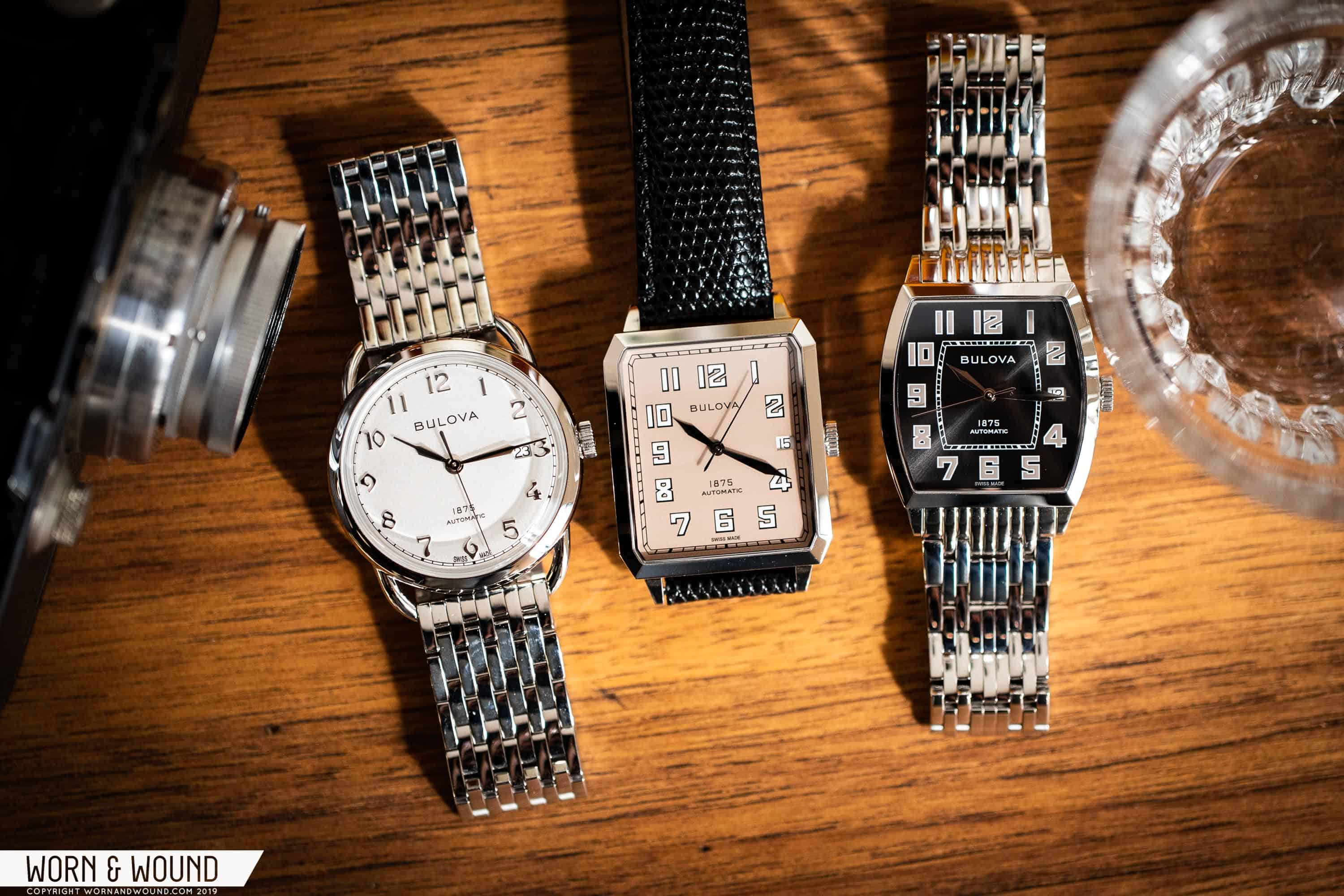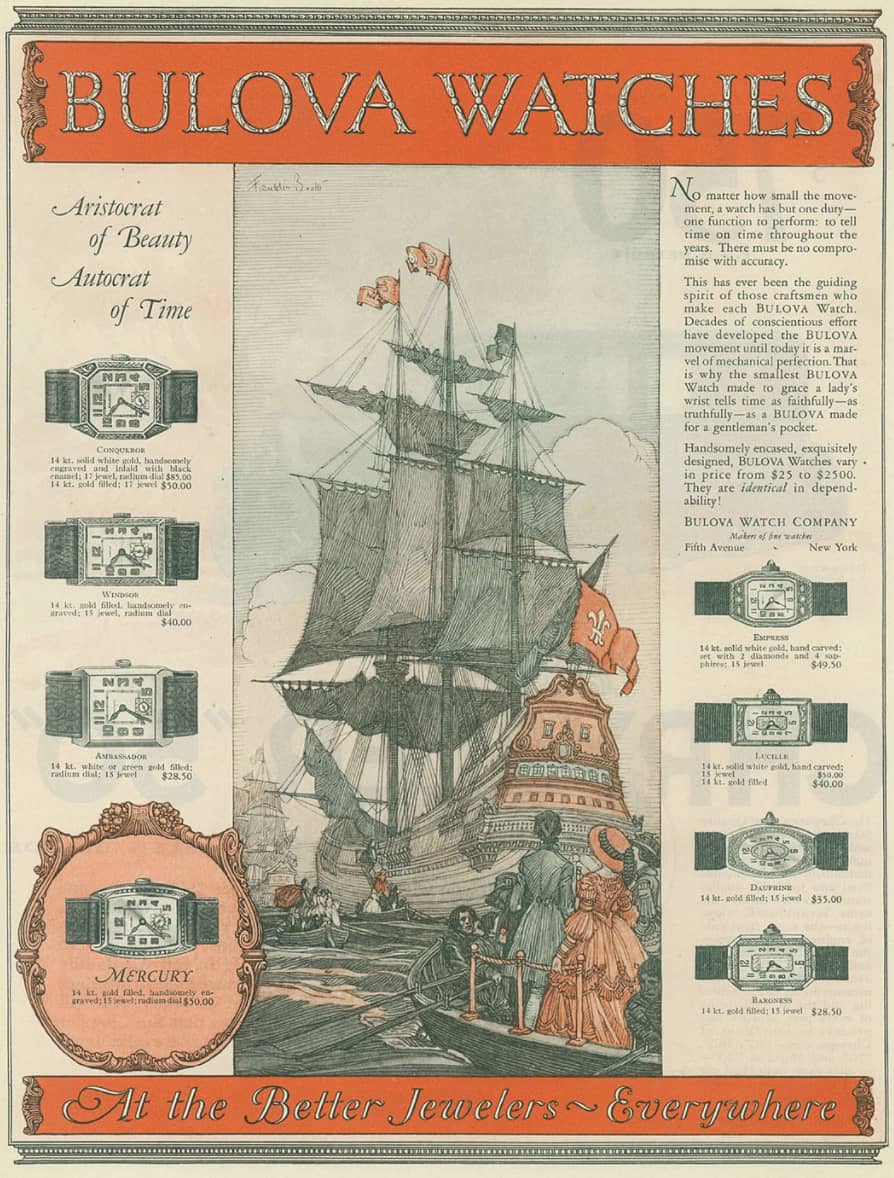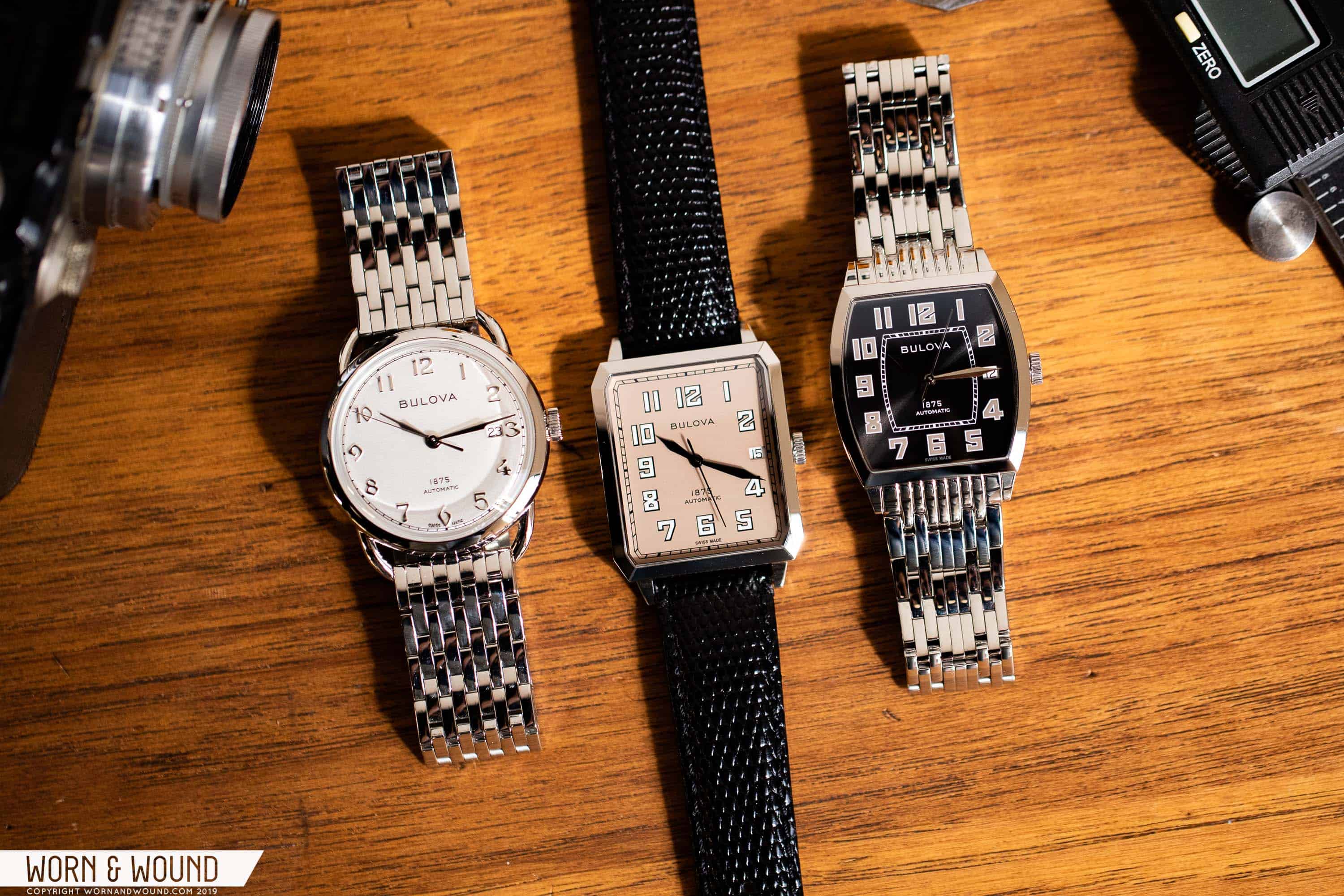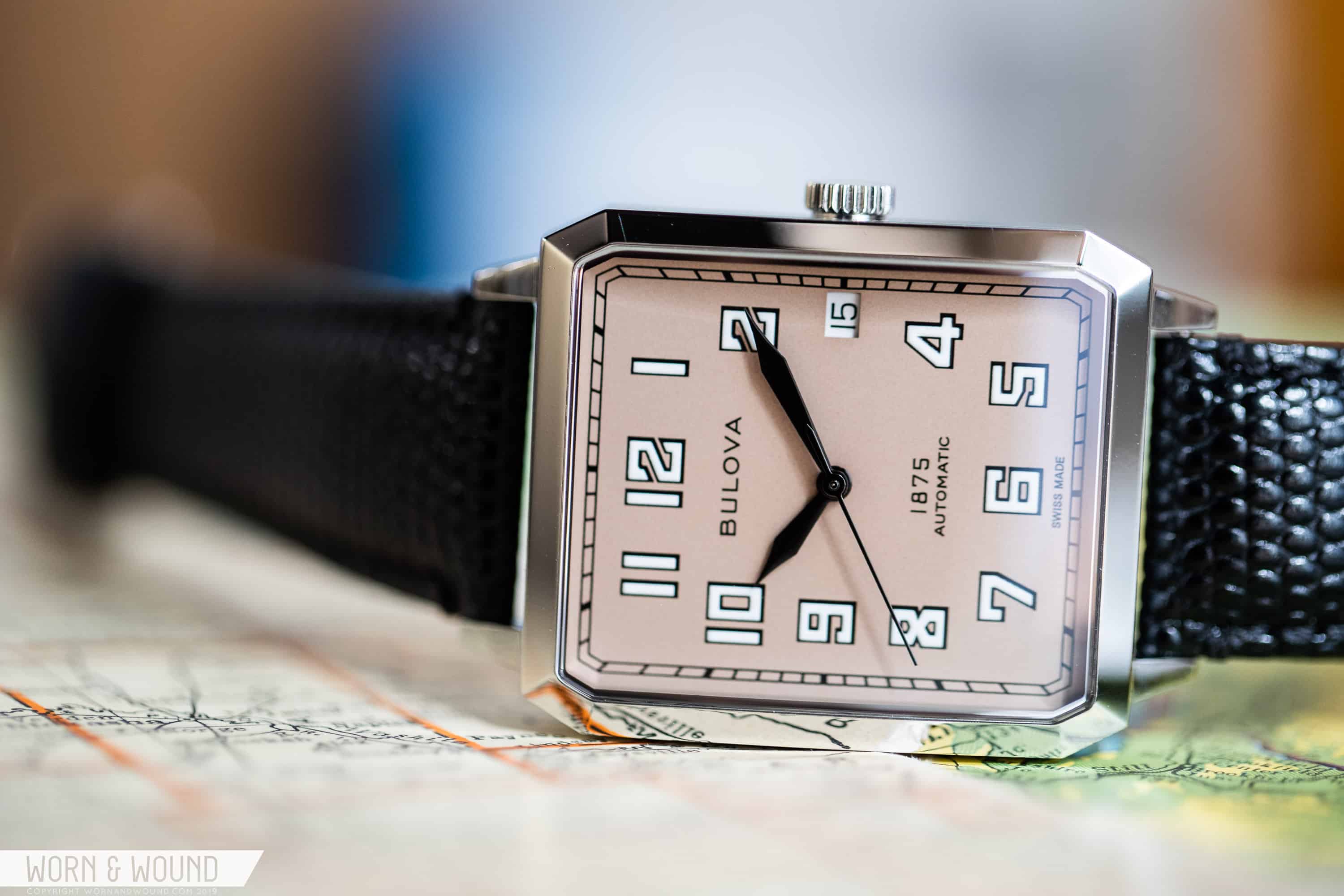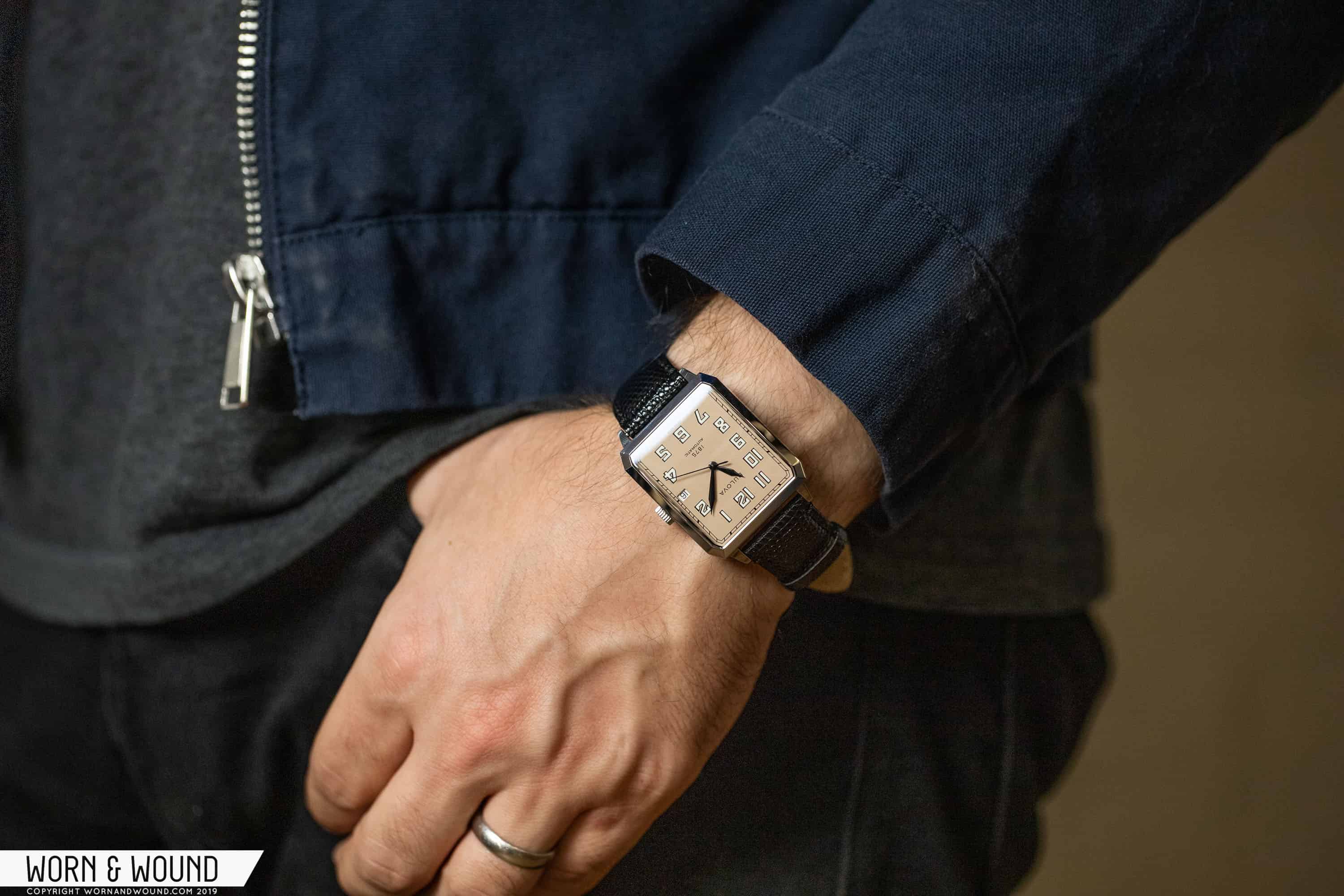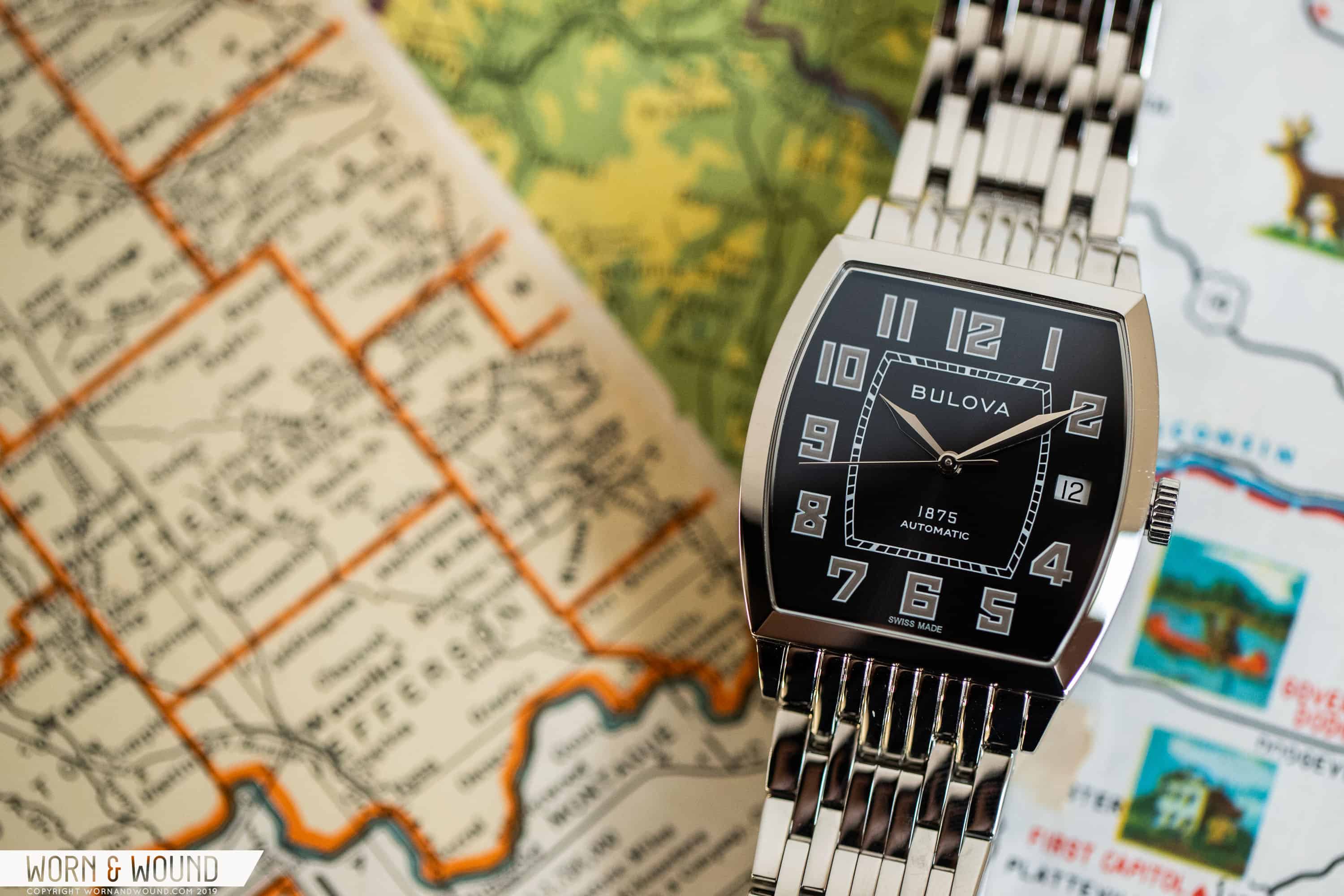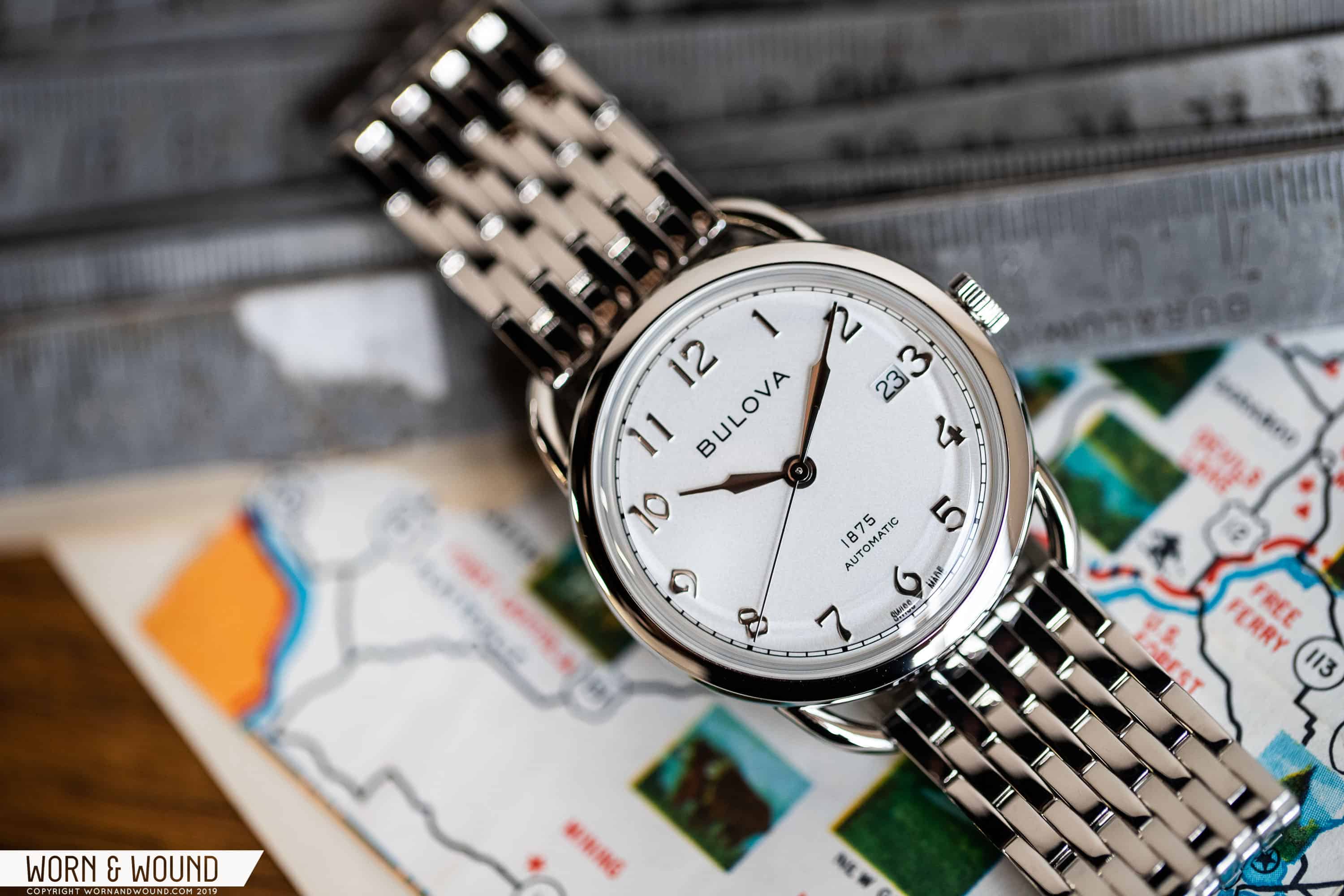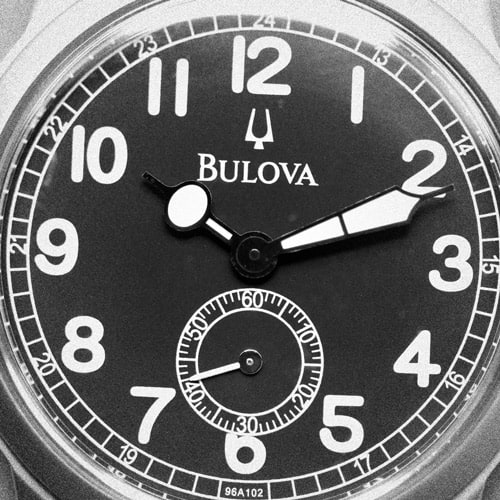Bulova has always been, and continues to be, one of the great stories in American watchmaking. Throughout not just watch history, but American history, the brand has been at the forefront of change and a vanguard of style. Much of that legacy has to do with the man who founded the company, Joseph Bulova. The watches in the new Joseph Bulova collection pay tribute to the founder, and expertly evoke the era of the brand’s greatest influence, the 1920s-1940s.
The history of Bulova as a watchmaker starts with the story of the man who gave it its name. Joseph Bulova came to America at the age of 19, an immigrant from what we know today as the Czech Republic. Having already completed training as a watchmaker in Europe, he secured a position with Tiffany & Co., a growing firm at the time and not yet a household name.
In 1875, Joseph left Tiffany to start his own watchmaking company, then known as J. Bulova & Co. As the needs of the day dictated, pocket watches were the early forte of the firm, but by the time of WWI, it became apparent to Joseph and his son Arde, who was now with the company as a Vice President, that watches were moving to the wrist. Bulova was among the first brands to recognize this shift, giving them an important leg up on the competition, laying the groundwork for the large-scale manufacturing processes that would catapult the brand to the top of the watch game throughout the Jazz Age.

Bulova’s great manufacturing innovation was the idea of incorporating standardized parts into serially produced timepieces, which allowed for the streamlining of production and greatly increased the ease at which watches could be repaired. Easily replaceable watch parts are something modern consumers take for granted today, but in the 1920s this was a revolutionary idea that would prove to change the watch landscape forever.









 Featured Videos
Featured Videos




